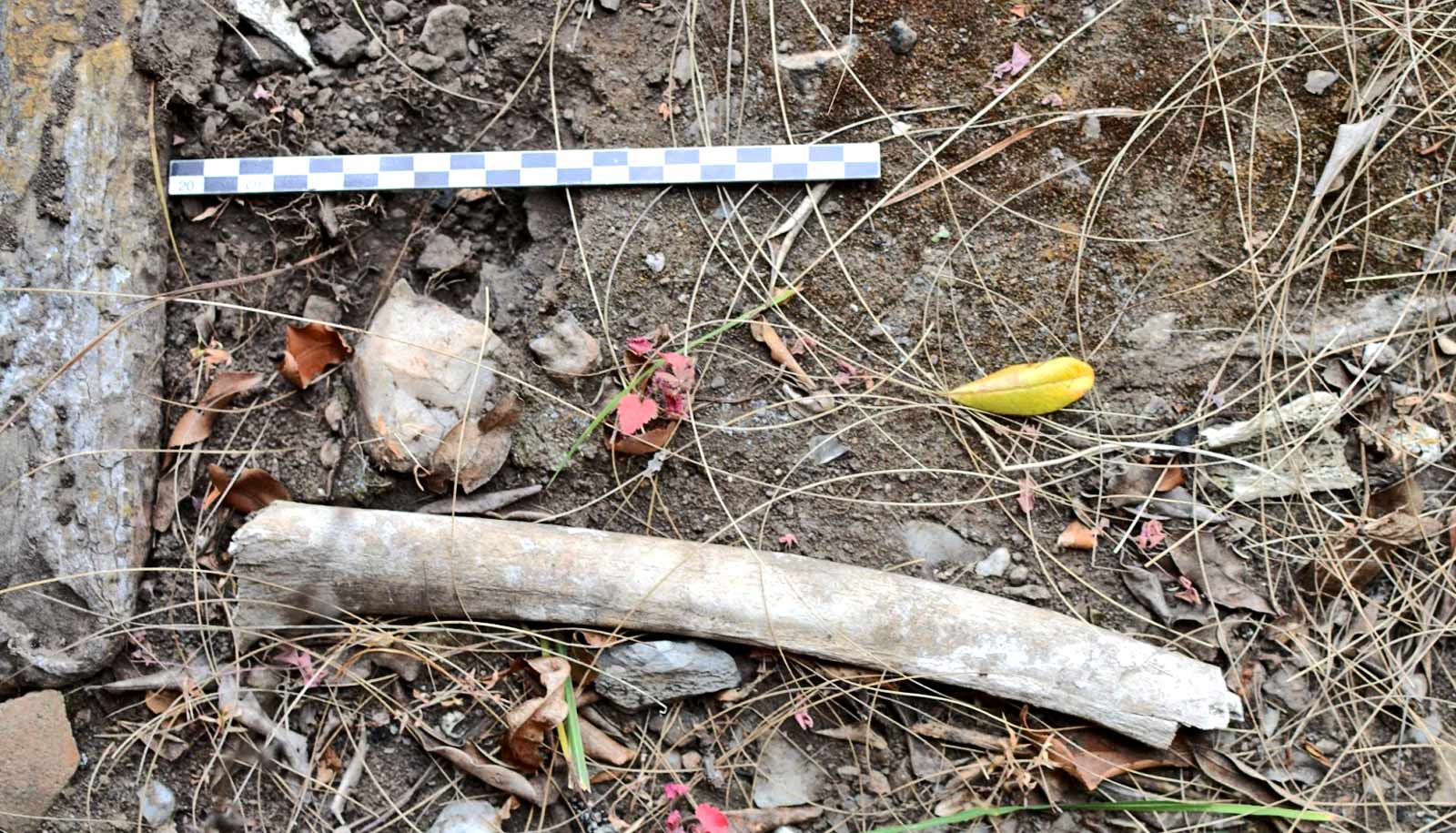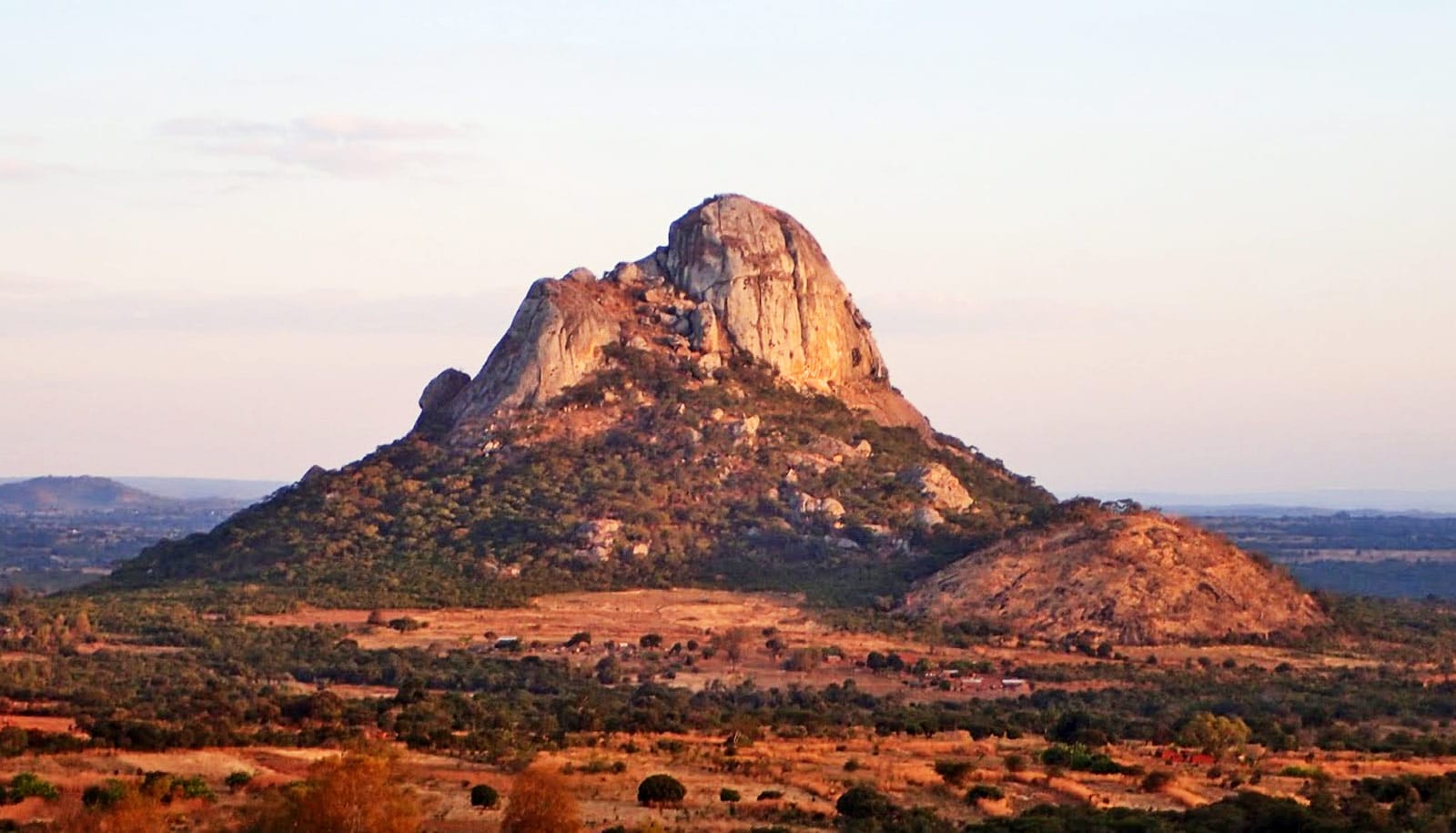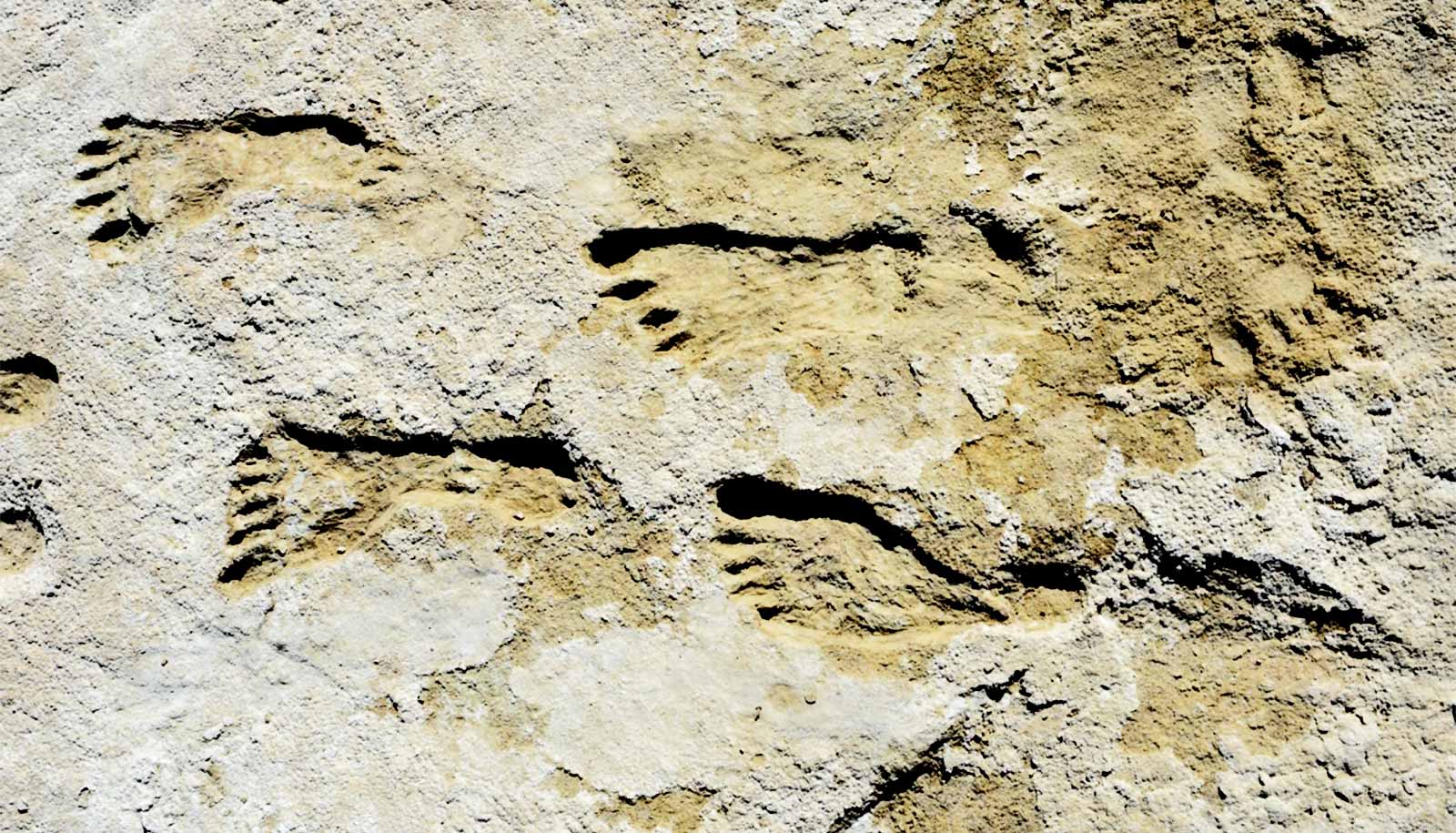Anthropologists have found the oldest known DNA from Africa in the highlands of northern Malawi.
When anthropologist Jessica Thompson attended a human origins conference years ago, she heard a presenter lament: “Of course, there is no ancient DNA from Africa because of the poor preservation there.”
That’s when something clicked in her mind: In 2005, she had visited Malawi, a place in Africa that had neither extremes of heat or wetness—two main environmental factors that degrade DNA. She also knew that scant archaeological research had taken place in the region, although a team had unearthed several ancient skeletons there decades ago.

The journal Cell just published an analysis of the new discoveries, filling in thousands of years of human prehistory of hunter-gatherers in Africa, led by Harvard University geneticist David Reich.
Thompson, the paper’s second author, contributed and described the cultural context for nearly half of the 15 new DNA finds, including the oldest samples. Her fieldwork in Malawi uncovered two human leg bones that yielded 6,100-year-old DNA—and her work is ongoing at a site where a newly dated skeleton with 8,100-year-old DNA was recovered several years ago.
“For the first time, we can see the distribution of ancient hunter-gatherer DNA across Africa, showing how these populations were connected in the past.”
In addition to the 6,100-year-old DNA, Thompson’s team unearthed other human remains that yielded six more samples ranging in age from about 2,500 to 5,000 years ago. The other DNA in the Cell paper ranges in age from 3,000-to-500 years ago and comes from South Africa, Tanzania, and Kenya.
“Malawi is positioned in between where living hunter-gatherers survive,” Thompson says. “For the first time, we can see the distribution of ancient hunter-gatherer DNA across Africa, showing how these populations were connected in the past.”
Ancient hunter-gatherers don’t have a lot of living representatives in Africa today, and they occur as remnants of people scattered across the continent. The remains of Malawi hunter-gatherers that Thompson is studying may represent a population that was once thriving but subsequently pushed into marginal areas during the expansion of agriculturalists and pastoralists during the past 3,000 years.
Some of this population may have survived until much more recently.
“There are legends in Malawi of the original people who came there, passed down through oral histories,” Thompson says. “They are described as hunters and little people, short in stature. There is also a story of a last, epic battle—that occurred about 200 years ago—when these people got eradicated.”
Forgotten skeletons
Malawi is a landlocked country located in southeast Africa, bordered by Zambia, Tanzania, and Mozambique. It is one of the least-developed and smallest countries in Africa, about the size of the state of Tennessee, and runs north to south along the Rift Valley. An enormous body of water, Lake Malawi, makes up about one-third of the country.
Two digs in the Malawi highlands—in 1950 and 1966—revealed human skeletons alongside rich cultural evidence of an extinct hunting-and-gathering lifeway.
“The skeletons became, quite frankly, forgotten over time.”
Archaeologist J. Desmond Clark led the 1950 dig. On the slopes of Mount Hora—a 1,500-meter peak and a major landmark in the highlands—Clark uncovered two skeletons: A woman who had died at around age 22 and a nearby male, who had died in his 40s. The skeletons had been taken out of the country, to the Livingstone Museum in Zambia, and were never dated.
“It was impossible to accurately do radiocarbon dating on bone in 1950,” Thompson says. “The skeletons became, quite frankly, forgotten over time.”
Guided by the clues from the previous excavations, Thompson began heading digs in the Malawi highlands. A site at a landmark outcrop, known as Fingira Rock, is particularly isolated, requiring the team to hike up a mountainside to more than 2,000 meters on the Nyika Plateau. Poachers are a hazard in the area, along with the occasional black mamba—one of the world’s deadliest snakes. The site had not been excavated since 1966.
“We were appalled to discover that it had been heavily disturbed since then,” Thompson says. Her team uncovered two human leg bones, from two different adult males, which yielded DNA that was about 6,100 years old.
Burial grounds
In the back of a cave, they found fragments of a child’s skull in a termite mound. A tiny leg bone next to it indicated that the remains were from a baby younger than one. DNA analysis revealed that the baby was a girl and radiocarbon dating showed she had died about 2,500 years ago. The analysis also showed that the bones from the infant and the two men were from the same hunter-gatherer population—even though they were separated by thousands of years of time.
The archaeological sediments suggest that Fingira was a place where the dead were buried, although the skeletal material has become scattered over time. Human bones are mixed with the bones of animals that they hunted and ate, and stone tools and shell beads that were used for ornaments.
“When you visit the site,” Thompson says, “you wonder, why were these people living up here when it’s not the most comfortable conditions you can imagine? What was bringing them here? Why were they burying their dead, over and over again, for many thousands of years, in the same place?”
Thompson tracked down the skeletons that Clark had discovered at Mount Hora in 1950. She learned they had been moved from Zambia to the University of Cape Town in South Africa and contacted their curator to ask about the possibility of getting DNA from them. She and colleagues then began the process of extracting ancient DNA from the two forgotten skeletons.
Preliminary attempts were promising. Although yields were low, the DNA of the ancient man and woman looked similar to one another, but distinctive from any living population. Attempts to date them using radiocarbon were unsuccessful, however, until the third try. That’s when the female skeleton revealed her secret: She was 8,100 years old. And her genetics connected her to the same population of hunter-gatherers who died thousands of years later and were found 70 kilometers away at Fingira.
“They are not just gone as a lifeway, they are actually gone as a people as well.”
Another surprise revealed by the genetic analysis of the Malawi hunter-gatherers: They didn’t contribute any detectable ancestry to the people living in Malawi today, the descendants of the Iron Age agriculturalists and pastoralists who began sweeping across the African continent about 3,000 years ago.
“In most parts of Africa, you see quite a bit of admixture,” Thompson says. “When you take genetic samples from modern people who are living today, you find that they are a combination of the folks who were expanding into a region and also the folks who were living there before. In Malawi we see that’s not the case. It appears that there was a complete replacement of the original hunter-gatherer people. They are not just gone as a lifeway, they are actually gone as a people as well.”
One of the mysteries Thompson still hopes to solve is how that replacement happened. Was it violent? Was it a sudden or a slow process? Did the entrance of strange new technologies, like pottery and iron working, play a role? “We can’t use genetics to answer these questions,” she says. “We have to use the archaeology.”
Ancient skull fossil hints at our ape ancestry
She continues to excavate in Malawi. This summer she uncovered more human remains at Mount Hora—a charred bone from a human arm and parts of two legs. These bones, recently dated to between 9,500 and 9,300 years old, show that the Hora site still has many secrets to reveal.
While radiocarbon dating of charcoal samples from just above and below the bones establishes their age, it is not clear whether they will yield DNA. “We don’t have high hopes,” Thompson says, “as they were burned and that tends to create even more preservation problems.”
“…every once in a while you find something that looks like it might be human. Any one of them could be a new individual, a new piece to the story.”
Back in her lab, Thompson uses the data to generate 3D images of the digs and pinpoint where each bone fragment, shell bead, or stone tool was found. Her digital model for this summer’s Mount Hora dig uses different-colored dots to give a glimpse of how hunter-gatherers were depositing both human remains and ordinary objects from their day-to-day lives over time.
“And then at this point,” Thompson says as she moves her cursor on her computer screen, “you see the introduction of pottery and iron technology. And right after that you see this fundamental change in the way that the site was used. People are no longer going there frequently. They’re no longer making these big bonfires. And they’re no longer interring their dead there.”
New tool lets archaeologists ‘hear’ the past
Thompson and her students are sorting through hundreds of gallon-sized Ziploc plastic bags containing fragments from the Malawi sites. “As you excavate,” she explains, “you clean away the dirt and you’re left with all these tiny pieces of stone and bone artifacts. The bones are mostly animals. But every once in a while you find something that looks like it might be human. Any one of them could be a new individual, a new piece to the story.”
She pulls out a small plastic bag labeled “Human distal phalanx.” It contains a piece of bone about the size of a Tic-Tac. “In this case, we think we have a finger bone, most likely from a child.”
Ultimately, Thompson seeks to understand how and when the earliest members of our species—Stone Age Homo sapiens—interacted with one another and with their environments in Africa.
“One thing that’s really easy to forget, when we look at the way people live today, is that for most of our evolution we lived as hunter-gatherers,” she says. “So if we want to understand our own origins as a species, we have to know what those lifeways looked like in the past.”
Source: Emory University



